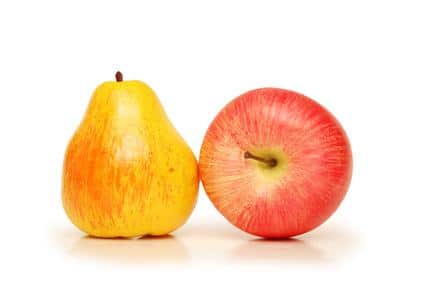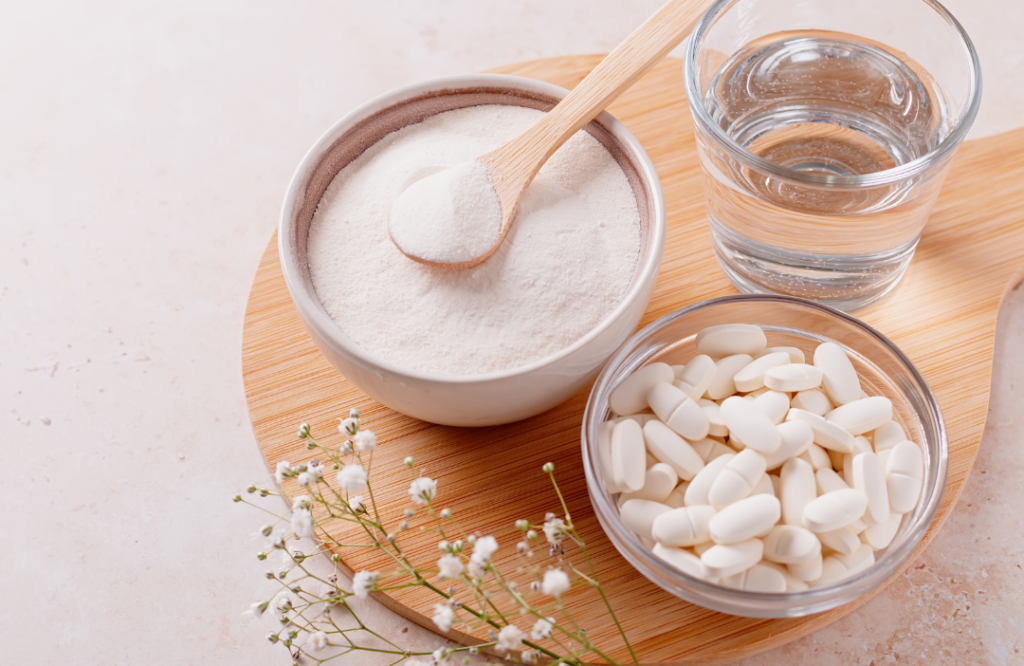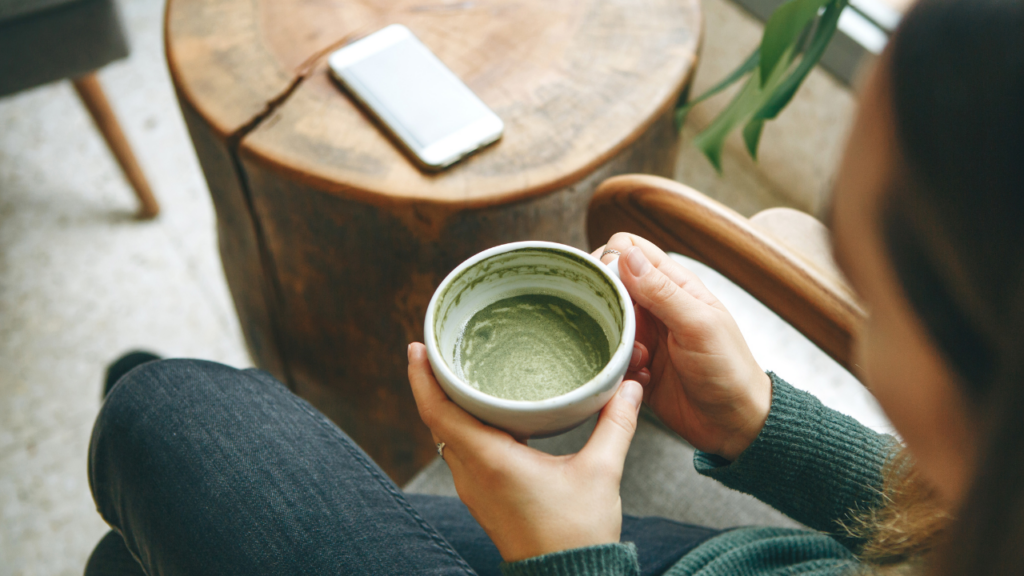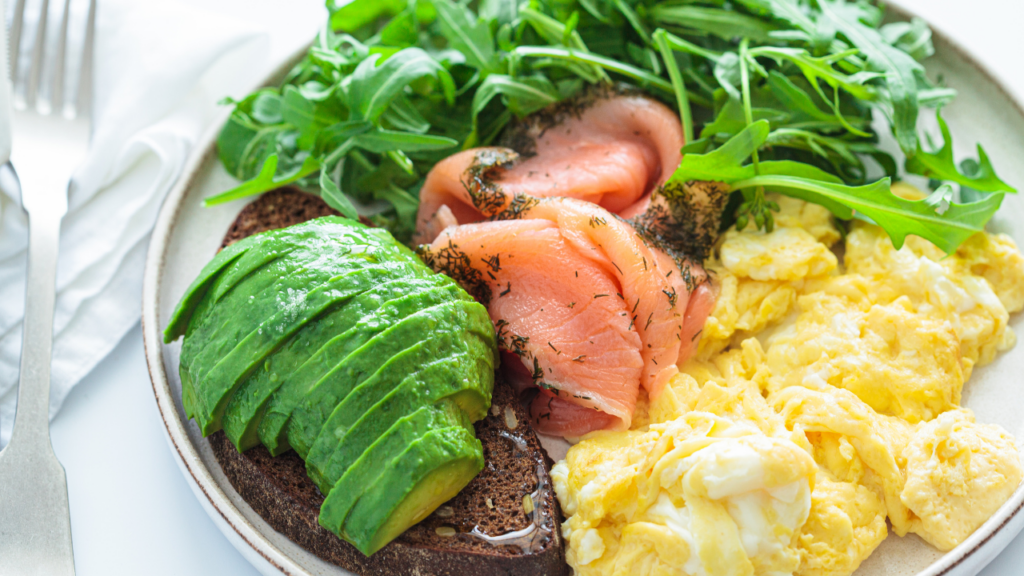Fructose Malabsorption
Published on September 7, 2015 by Dr. Caitlin Gordon
What is it?
 Fructose malabsorption is the inability of the body to properly break down fructose, a sugar found in many fruits, honey, and processed foods (think high fructose corn syrup). Other sources of fructose include plain table sugar, some vegetables, and wheat. Healthy people can usually tolerate about 50mg of fructose at a time. With fructose malabsorption, at about 25g or even less of fructose, the small intestine stops breaking it down and sends it intact to the large intestine. You would think you’d just poop it out, but no. Here it sits, attracting water and bacteria, which have a hay day (bacteria live on sugar!), causing swelling and bacterial overgrowth. This leads to feeling really bloated/gassy/crampy.
Fructose malabsorption is the inability of the body to properly break down fructose, a sugar found in many fruits, honey, and processed foods (think high fructose corn syrup). Other sources of fructose include plain table sugar, some vegetables, and wheat. Healthy people can usually tolerate about 50mg of fructose at a time. With fructose malabsorption, at about 25g or even less of fructose, the small intestine stops breaking it down and sends it intact to the large intestine. You would think you’d just poop it out, but no. Here it sits, attracting water and bacteria, which have a hay day (bacteria live on sugar!), causing swelling and bacterial overgrowth. This leads to feeling really bloated/gassy/crampy.
*Fructose malabsorption is not the same as fructose intolerance, which is a genetically inherited disease found in infants.
As you can probably already guess, you might feel like anything you eat is making you feel crappy if you have a problem breaking down fructose. A gluten-free or sugar-free diet might help symptoms but not totally clear things up. Often fructose malabsorption mimics symptoms of gluten sensitivity, lactose intolerance, and IBS. Speaking of which…
What are the Symptoms?
Sy mptoms of fructose malabsorption include bloating, gas, distention, cramping, or diarrhea. You may also experience brain fog, fatigue, headaches, or other systemic symptoms of nutritional deficiencies if you have long-term diarrhea.
mptoms of fructose malabsorption include bloating, gas, distention, cramping, or diarrhea. You may also experience brain fog, fatigue, headaches, or other systemic symptoms of nutritional deficiencies if you have long-term diarrhea.
You can have similar symptoms due to SIBO (small intestinal bacterial overgrowth), in which case you will likely find probiotics and probiotic enriched foods cause your symptoms to get worse. Another cause of the symptoms above is a reaction to FODMAPs foods (Fermentable Oligo-Di-Monosaccharides and Polyols). If you react badly to onions, garlic, and other high fiber foods, this could be the cause. SIBO can be tested via the same method as fructose malabsorption, discussed below.
How to test?
The most reliable way to determine if you have fructose malabsorption is to cut out fructans (a type of fructose found in wheat and veggies) and fructose for 3 weeks and then slowly add them in one at a time. If your symptoms markedly improve, you likely aren’t absorbing fructose well. When you add foods back in, you can track which ones cause symptoms to resurface and avoid those foods for 6-8 weeks before re-testing.
The second way to test is called a Hydrogen Breath Test. It requires eating a specific diet for 12 hours and then fasting for 12 hours before breathing into a test kit. The test costs around 200$ without insurance, but many insurance plans will cover it. You can call your insurance company to check. I offer this test at my office, as well as SIBO and lactose intolerance testing! You may schedule an appointment if you’d like to get testing done. I can also mail the test to you if you are out-of-state.
Treatment?
 Treatment involves avoiding foods that are high in fructose and fructans. Since this condition is a matter of how much your body can tolerate, this means small amounts of any high fructose food might be fine. You need to be selective. A few cherries 3x a day might feel okay, but eating a bag of dried apples causes major bloating. Also, don’t despair, you can have symptoms from some foods high in fructose/fructans and not from others, and your reactivity to certain foods can change over time. Just because grapes don’t sit well now, does not mean you’ll never be able to eat them again. Fructose is mainly found in fruits and sweeteners.
Treatment involves avoiding foods that are high in fructose and fructans. Since this condition is a matter of how much your body can tolerate, this means small amounts of any high fructose food might be fine. You need to be selective. A few cherries 3x a day might feel okay, but eating a bag of dried apples causes major bloating. Also, don’t despair, you can have symptoms from some foods high in fructose/fructans and not from others, and your reactivity to certain foods can change over time. Just because grapes don’t sit well now, does not mean you’ll never be able to eat them again. Fructose is mainly found in fruits and sweeteners.
High Fructose Foods (potential avoid list)
- Honey
- Fruits: pears, watermelon, cherries, dates, mango, grapes (and raisins), apples and juice from these fruits
- Vegetables: asparagus, sugar snap peas, artichoke, possibly cabbage, onions, garlic, broccoli, and cauliflower
- Other: Wheat, soda, tomato paste, barbecue sauce, processed snack foods like granola bars, cereal, granola, jello, etc.
- Sweeteners: Fructose, agave, molasses high-fructose corn syrup, fruit juice, fruit juice concentrate, corn syrup solids, possibly coconut sugar/milk/cream
Low Fructose Foods (likely safe list)
- Fruits: bananas, blueberries, strawberries, oranges, kiwi, lemon, cranberry, grapefruit
- Sweeteners: maple syrup, stevia
- Grains/Starch: Quinoa, white potatoes, sweet potatoes
- All protein
- All healthy fats
Learn More
For more information, schedule an appointment for a full intake and consultant. Acupuncture cannot cure you of a fructose malabsorption problem, but it can certainly help alleviate discomfort from symptoms. Herbs and diet can get your GI system back on track so you feel good again!
More information on Fructose Malabsorption:
- https://paleoleap.com/all-about-fructose-malabsorption/
- https://www.healthhype.com/fructose-malabsorption-cause-symptoms-and-diagnosis.html
- Hydrogen Breath Testing
The contents of this site, including text, graphics, images, and other material are for informational purposes only. Nothing contained in this site is or should be considered or used as a substitute for professional medical or mental health advice, diagnosis, or treatment. Please schedule an appointment for personalized health advice.






